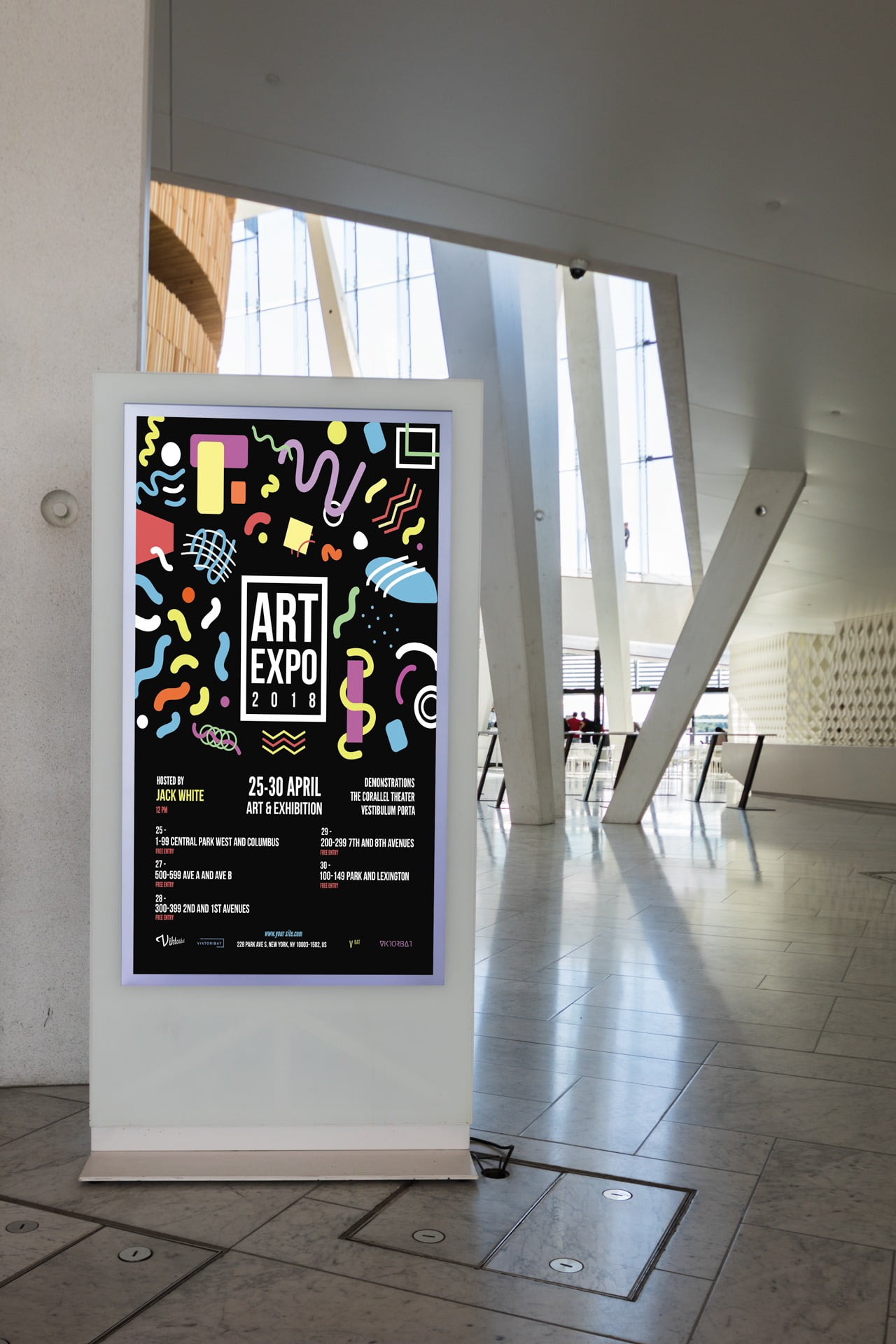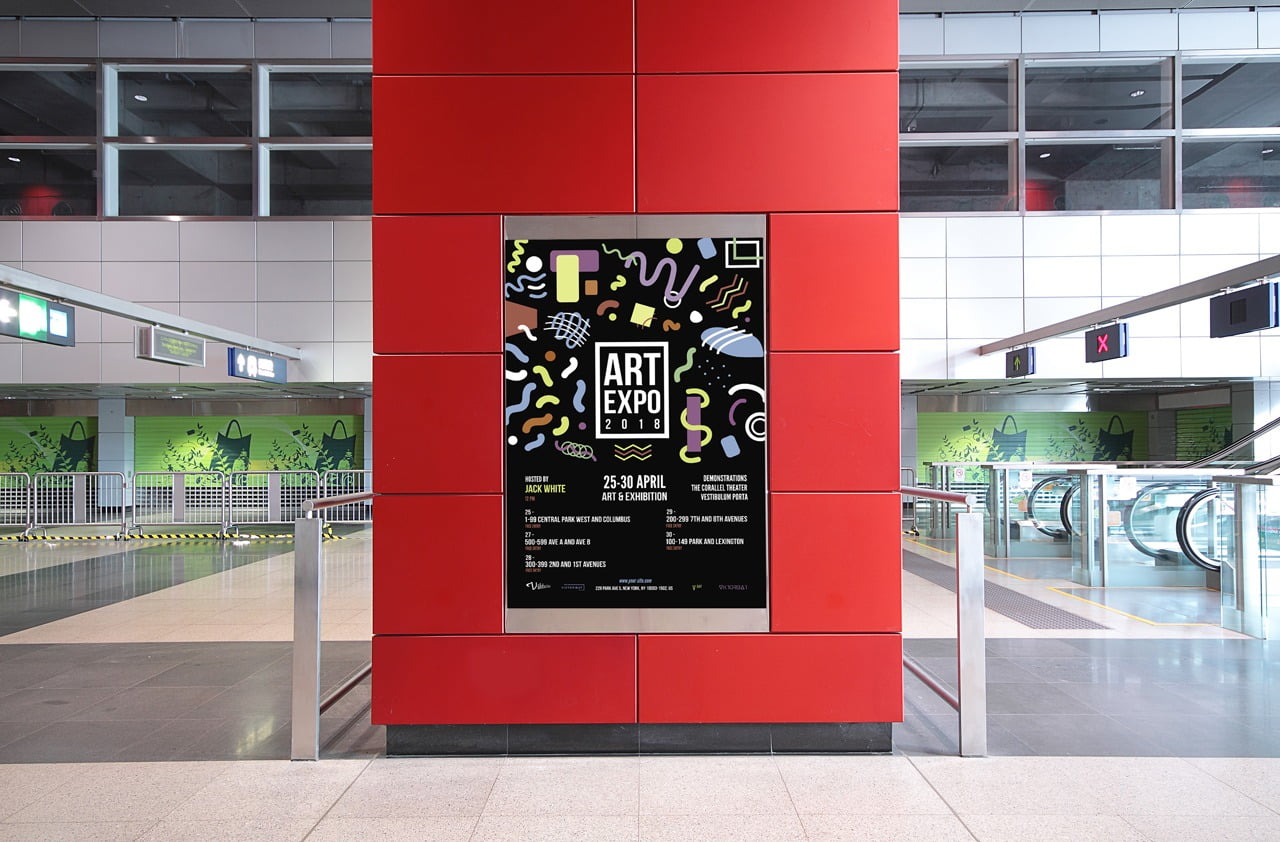Digital displays refer to the use of LED or any other screens to convey information. Arts centres and other public establishments around the world have installed some type of digital signage throughout their facilities.
From the LED signs in the front of the venue to screens that provide information in hallways, digital displays have found a home in different art centres across the globe. Although they started to use digital displays, some centres have failed to take advantage of the benefits intelligent content on screens can offer to the venue, shows, and exhibits.

Display Information about Upcoming Programs
Schedules of programs can be complex. Arts centres can hold multiple events on any given day. Digital screens can help visitors where they need to go. Screens can also provide timely information about the events that are taking place throughout the arts centre.
Each display is programmed independently with data-driven content, and the staff can provide information based on the schedule within the given area. The display can also provide directions to other events and concerts in different parts of the centre.
By providing up-to-date information and directions, arts centre staff maximises the experience of visitors. It also limits the number of staff needed to direct visitors and distribute printed schedules.
Displays can also provide information about upcoming programs. By calling attention to upcoming events, it improves their ticket sales.
Seats Left for a Concert or Show
By using real-time data, arts centres can show how many seats are left for a concert or show. That way people who are interested in watching the show can determine if there are seats left for a given time or date before proceeding to the ticket booth.
Generate Revenue
Visitors of arts centres are a targeted group that advertisers are willing to pay to gain access. Sponsors will want to advertise to their target market before and after the show or concert. Local businesses, such as bars, entertainment venues, and restaurants, will also want the chance to make attendees to visit them.
With data-driven displays, companies can choose to advertise at specific times of the day or specific events that are relevant to their target demographic. That way they are able to maximise their marketing budget. Digital screens can be a revenue potential opportunity for arts centres.
Emergency Notifications
In case of emergencies, arts centres can use digital displays to provide information to visitors. Staff can immediately alert people within the premises and take the necessary actions. A digital screenis an important tool that will keep staff and visitors safe during emergencies. Whether it is electrical outages, weather, or fire, informing people within the premises of what to do will keep everyone safe during the emergency.
Traffic and Transit Information
One content that arts centres can provide via digital displays is data about traffic and transit systems from the venue. After the end of a show, visitors will want to know the traffic condition around the area. That way they will know which route to take to their next destination. It can show whether there are roadworks or accidents nearby.
Promotion of Cafeteria
Arts centres can also use digital screens to promote the cafeteria. It can highlight the menu of the cafeteria. It can show why visitors should visit it while waiting for the show to start or after the show. Art centres can also use displays to direct traffic and ensure visitors can find their way to the cafeteria.
Arts Centre Opening Hours
Digital displays can show the opening hours of the arts centre. This is important especially if the opening hours are irregular. Aside from the opening hours, screens can also display the events for the day. After the end of the events, the screen will no longer display them.
Website
Displays can show the arts centre’s website and other contact information. Visitors can use their smartphones to bookmark the website and save the other contact details of the venue. That way they can reach the arts centre to inquire about upcoming events and shows.
Digital Maps
Digital displays can serve as maps that will assist visitors in finding their way to the arts centre. The staff can make the signage interactive to make way finding inside the premises more fun and engaging to visitors.
With the use of digital displays, the staff of the arts centre can easily change their content anytime. They can use real-time data to provide engaging content and useful information to people within its vicinity. People are more than happy to read what’s being displayed on the screens.
The content of the digital displays is timely. Staff can schedule them to the hour of the day or the day of the week. When the concert ends, content about it will no longer show in the display. Content is fresh and up-to-date all the time.
Information is useful to visitors of the arts centre. One look at the digital display and visitors will know where they need to go or the time when the show starts. The arts centre can also use the screens to make announcements about current and upcoming shows.
The best thing about using digital displays is that they are engaging. With data-driven presentations, visitor experience is maximised. They learn more about the venue and the events that are taking place in it.
Arts centres should consider using displays with data-drivenpresentations on their premises. They provide a fun and more exciting experience for visitors. They also provide communications and information that are timely. There’s no reason why an art centre should not install them within their building.



